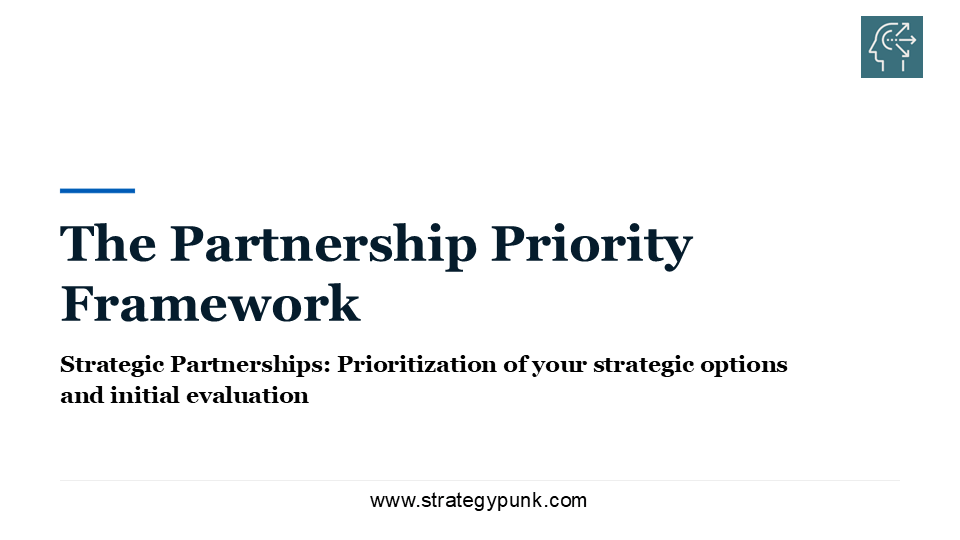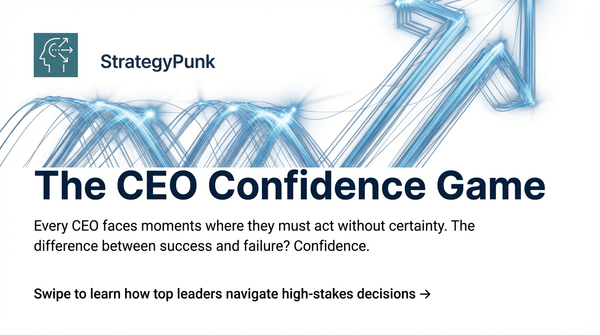The Essential Guide to Evaluating New Product Opportunities
Discover the 5 Must-Ask Questions for Evaluating New Product Opportunities. Unlock success by understanding your market and crafting a winning strategy.

Intro
Launching a new product feels like stepping into the unknown. You have an idea, maybe some early validation, but how do you know if it's worth pursuing? The difference between products that succeed and those that fail often comes down to asking the right questions early.
Here are five critical questions that will help you evaluate whether your product idea has real potential—and more importantly, how to act on the answers.

1. Who Exactly Is Your Customer?
This isn't about creating vague personas or listing demographics. It's about understanding the real humans who will pay for your product.
Go deeper than surface-level data. Age and income matter, but what really drives behavior? What keeps your potential customers up at night? What do they value most? How do they currently solve the problem you're trying to address?
Use real research methods:
- Conduct one-on-one customer interviews (aim for at least 20-30)
- Run targeted surveys with specific, actionable questions
- Observe how people currently behave in the space you're entering
- Create detailed customer journey maps based on real data, not assumptions
The goal isn't to validate what you want to hear—it's to discover truths that might surprise you.
2. How Well Do You Understand Their Problems?
Knowing someone has a problem isn't enough. You need to understand how painful that problem really is and whether they're actively looking for solutions.
Validate the problem, not just the solution:
- Study existing customer feedback and complaints in your industry
- Monitor social media conversations and online communities
- Analyze what competitors are doing wrong (and right)
- Look for workarounds people have created—these often signal real pain points
- Pay attention to industry trends that create new problems or amplify existing ones
The best products solve problems people are already trying to solve, just not very well.
3. How Will You Actually Reach These People?
Having a great product means nothing if you can't get it in front of the right people. Your go-to-market strategy needs to be specific and testable.
Choose your channels strategically:
- Social media advertising: Effective for consumer products, but requires clear targeting
- Content marketing: Build trust and authority, but it takes time to show results
- Influencer partnerships: Great for credibility, but choose influencers your customers actually follow
- Email marketing: High ROI when done well, but you need to build that list first
- Direct outreach: Often overlooked but can be highly effective for B2B products
Track what matters:
- Cost per acquisition (how much to get each customer)
- Conversion rates at each stage of your funnel
- Customer lifetime value compared to acquisition costs
- Which channels bring the highest quality customers
Test multiple channels, but start small and focus on what's working before scaling.
4. How Will You Improve and Grow?
No product launch is perfect. Your ability to iterate quickly and scale effectively often determines long-term success.
Plan for iteration:
- Set up systems to collect and analyze user feedback continuously
- Define clear success metrics for each product update
- Create a process for prioritizing feature requests and improvements
- Build flexibility into your product architecture from the start
Prepare for scale:
- Focus on sustainable customer acquisition, not just growth at any cost
- Develop systems and processes that can handle increased demand
- Plan how you'll differentiate as competitors inevitably enter your space
- Stay close to your customers as you grow—their needs may evolve
5. How Will You Know If You're Succeeding?
Success isn't just about revenue. The most critical metrics tell you whether you're building something people truly value.
Track the metrics that matter:
- Customer Acquisition Cost (CAC): Are you acquiring customers efficiently?
- Customer Lifetime Value (CLV): Are customers valuable enough to justify your costs?
- Customer Retention Rate: Do people stick around after trying your product?
- Net Promoter Score: Would customers recommend you to others?
- Product engagement metrics: How actively do people use your product?
Focus on leading indicators, not just lagging ones. Revenue is significant, but engagement and retention metrics often predict future revenue better than current sales.
Making It Actionable
These questions only matter if you act on them. Here's how to get started:
- Pick one question to focus on first (usually starting with customer understanding)
- Set a timeline for getting answers (most research can be done in 2-4 weeks)
- Define what "good enough" looks like for each question before you start
- Be prepared to pivot or stop if the answers aren't what you hoped
Remember: the goal isn't to prove your idea is excellent—it's to discover whether it actually is. Sometimes the most valuable thing you can learn is that your idea isn't worth pursuing, saving you months or years of wasted effort.
The products that succeed aren't necessarily the ones with the best initial ideas. They're the ones that ask the right questions, listen to the answers, and adapt accordingly.
The path from idea to successful product is never linear, but asking these questions will help you navigate it with confidence and clarity.





